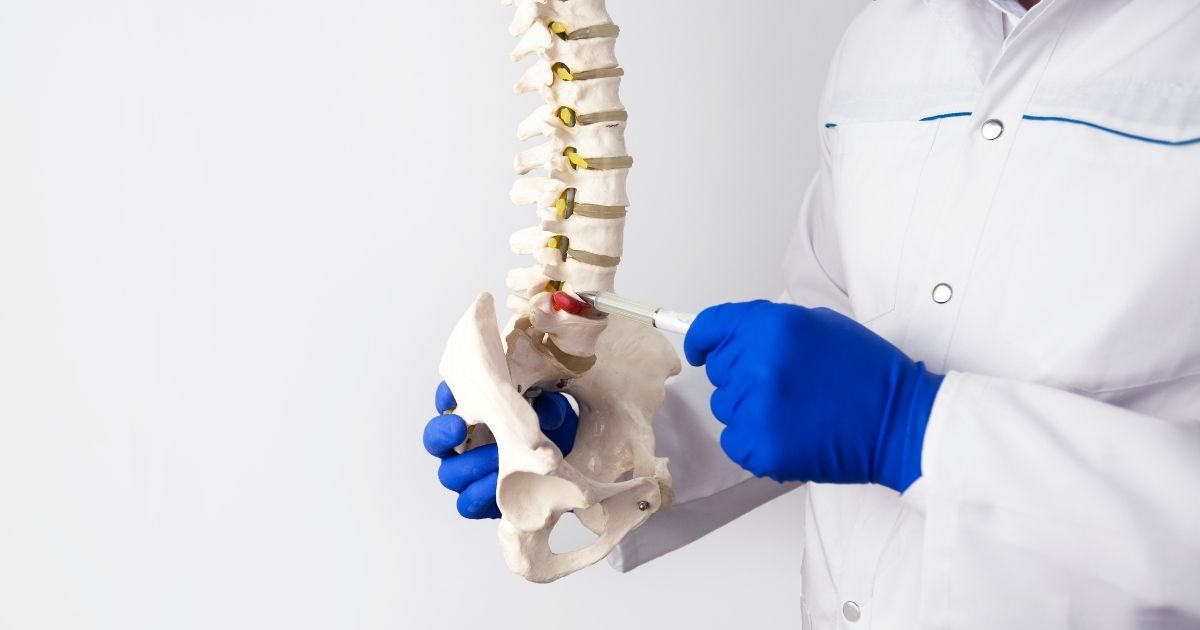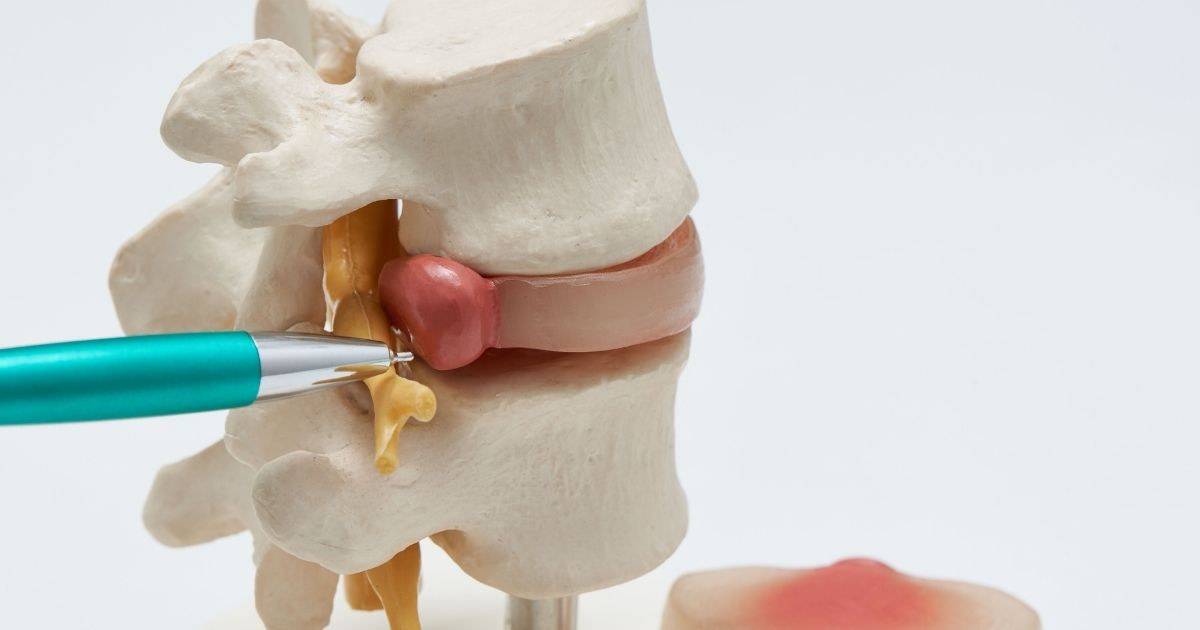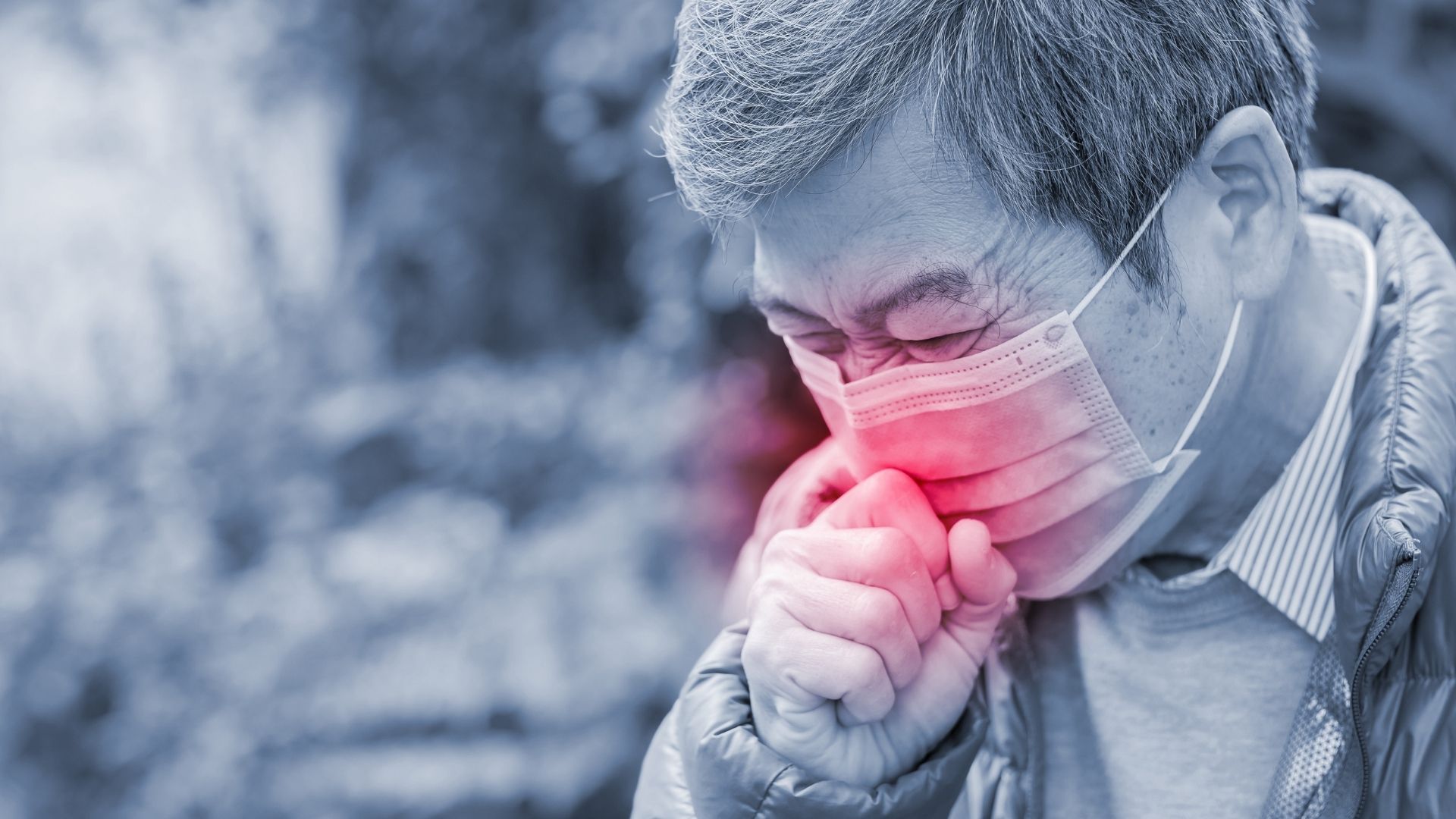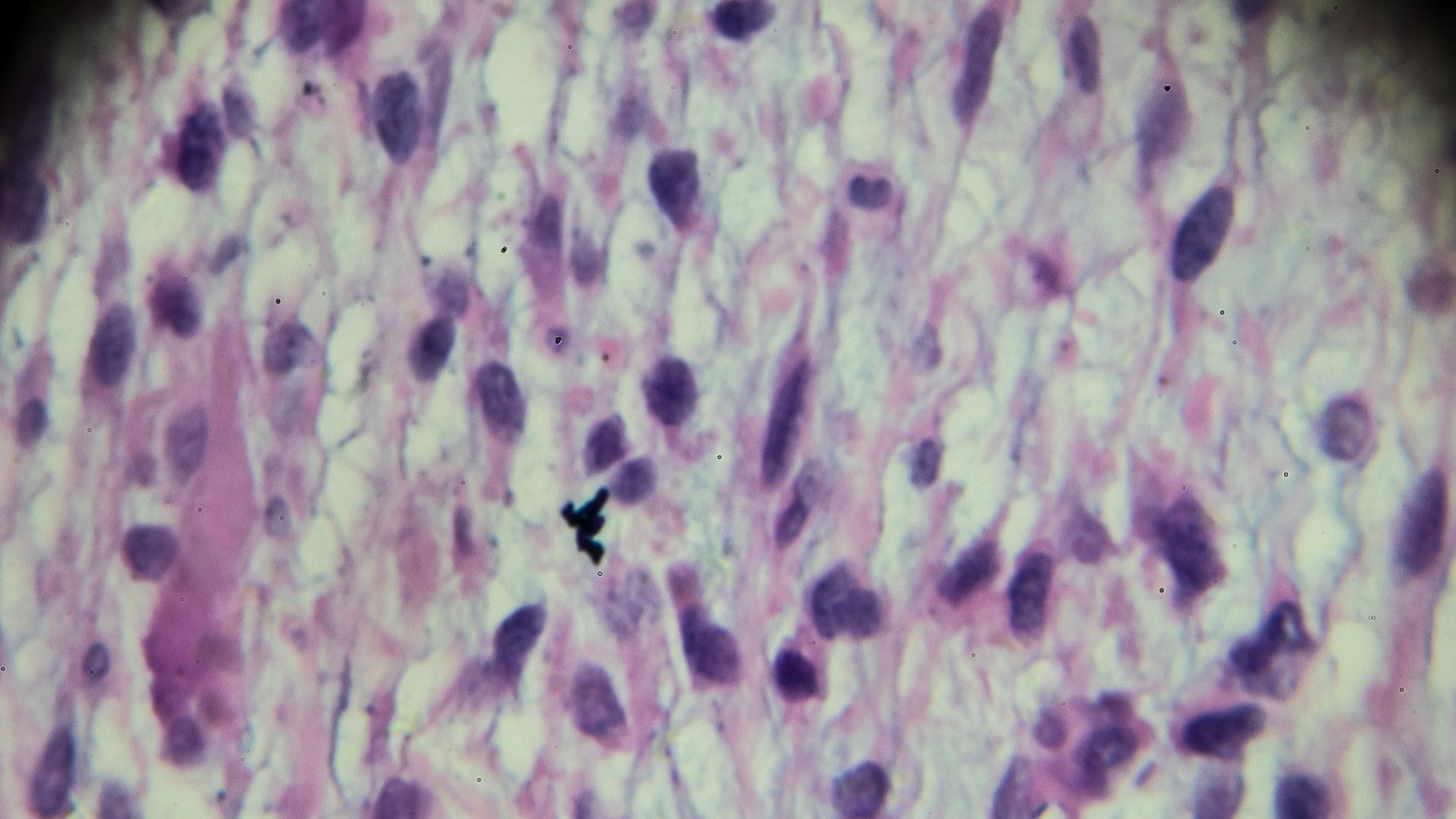What is Lumbar Disc Herniation?
Lumbar disc herniation is a condition that occurs when the intervertebral discs between the vertebrae slip or tear. The intervertebral discs between the vertebrae contain structures characterized by a core and an outer layer. These discs are important components that support the spine and ensure its flexibility.
A herniated disc occurs when the discs weaken or tear due to strain, falls, heavy lifting or excessive stress on the spine. This weakening or tearing can cause severe pain by pressing on the nerves that exit the spinal cord. Although a herniated disc usually causes nerve compression in the lumbar region, pain can also be felt in the lower back, buttocks or legs.
What are the Causes of a Herniated Disc?
The exact cause of a herniated disc is unknown, but family history and activity-related risk factors may play a role. Herniated discs can occur at any age, but are more common in older people. Factors that cause herniated discs include the following:
Aging and degeneration: The discs wear out over time and become more vulnerable with age.
Excess weight: Excess weight puts extra stress on the spine and can increase the risk of herniated discs.
Lifting heavy loads: Lifting heavy objects incorrectly or carrying excessive loads can cause the discs to rupture.
What are the symptoms of a herniated disc?
A herniated disc usually starts with lower back pain, which can radiate to the legs, buttocks and feet. However, the following symptoms may also indicate a herniated disc:
- Tingling or numbness in the legs or feet.
- Muscle weakness.
- Difficulty when moving.
- Impotence.
- Lower back pain.
- Getting tired quickly.
- Urinary incontinence.
- Loss of balance.
- Difficulty sitting and walking
- Diagnosis Methods of Lumbar Hernia
Diagnosis of a herniated disc begins with a history and physical examination by the doctor. A neurological examination may be performed to test the patient’s muscle reflexes and muscle strength. X-rays, MRI, CT or CT scans, which are high-resolution diagnostic devices, are also used to detect spinal cord or nerve compression. An EMG (electromyogram) can be used to determine which nerve roots are affected.

Lumbar Hernia Treatment
The treatment of a herniated disc is planned according to the patient’s symptoms and severity. Here is a review of herniated disc treatment methods:
Non-Surgical Treatment Methods:
Rest: Patients diagnosed with a herniated disc may be recommended short-term rest, but long-term bed rest is not recommended.
Medications: Painkillers, anti-inflammatory drugs and muscle relaxants can be used to control pain and inflammation.
Physical Therapy: Physical therapy can support the rehabilitation and pain management of patients with a herniated disc.
Exercise: Appropriate exercises for herniated disc treatment can reduce pain and improve spinal health.
Epidural Steroid Injections: Epidural steroid injections can be used to relieve severe pain.
Lumbar Hernia Surgery:
Surgery can be performed on patients with symptoms such as severe pain, loss of sensation, loss of strength or loss of urinary control.
Discectomy: The most common form of herniated disc surgery is the removal of part of the herniated disc.
Endoscopic Surgery: Surgical procedures using a microscope or endoscope can cause less tissue damage.
Recovery after herniated disc surgery
The recovery process after herniated disc surgery may include the following steps:
Early postoperative movement: The patient is encouraged to move shortly after surgery.
Home recovery: The patient is usually discharged home within a day after surgery.
Return to work: The return to work may vary depending on the patient’s occupation and the severity of the work.
Exercise: After a certain period of time, the patient is advised to do exercises.
Herniated disc treatment may vary depending on the symptoms and condition of the patient. A treatment plan should be created in accordance with the doctor’s recommendations and the patient should follow the doctor’s recommendations during the recovery process.



